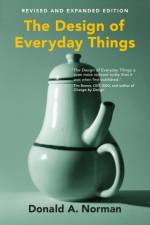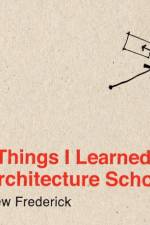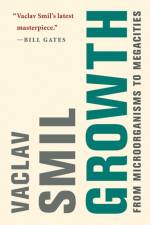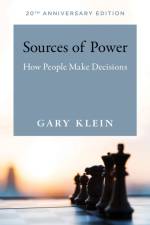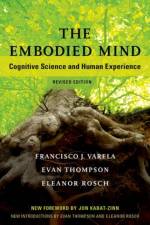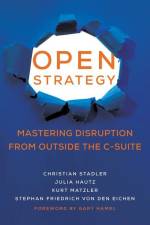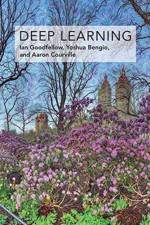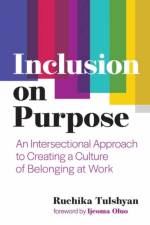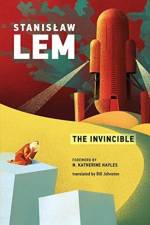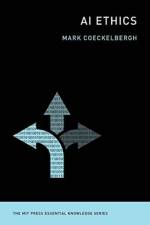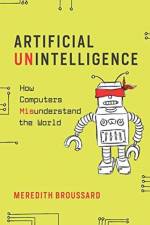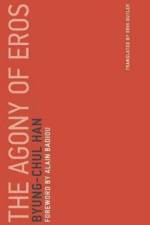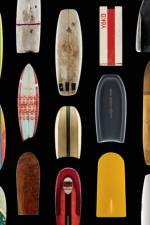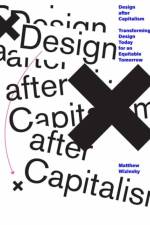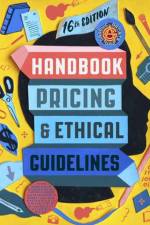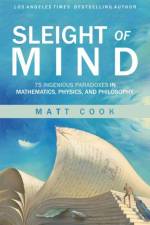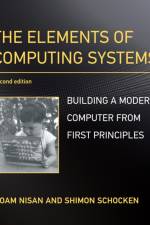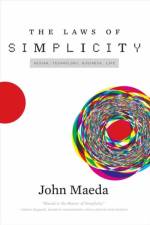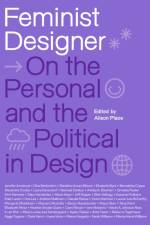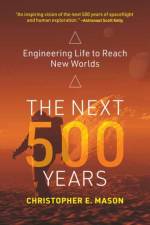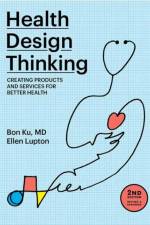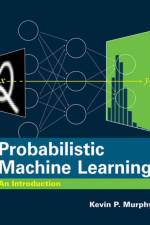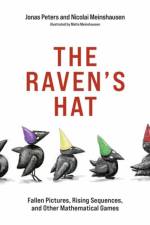- How to Architect Your Business for Sustained Success
av Jeanne W. Ross
279
One of Forbes's Top Ten Technology Books of the YearHow to redesign ‘big, old’ companies for digital success—featuring a survey of 300+ business leaders and 30+ global organizations, including Amazon, Uber, LEGO, Toyota North America, Philips, and USAA. Most established companies have deployed such digital technologies as the cloud, mobile apps, the internet of things, and artificial intelligence. But few established companies are designed for digital. This book offers an essential guide for retooling organizations for digital success through 5 key building blocks: • Shared Customer Insights• Operational Backbone• Digital Platform• Accountability Framework• External Developer Platform In the digital economy, rapid pace of change in technology capabilities and customer desires means that business strategy must be fluid. As a result, business design has become a critical management responsibility. Effective business design enables a company to quickly pivot in response to new competitive threats and opportunities. Most leaders today, however, rely on organizational structure to implement strategy, unaware that structure inhibits, rather than enables, agility. In companies that are designed for digital, people, processes, data, and technology are synchronized to identify and deliver innovative customer solutions—and redefine strategy. Digital design, not strategy, is what separates winners from losers in the digital economy.Designed for Digital offers practical advice on digital transformation, with examples that include Amazon, BNY Mellon, DBS Bank, LEGO, Philips, Schneider Electric, USAA, and many other global organizations. Drawing on 5 years of research and in-depth case studies, the book is an essential guide for companies that want to disrupt rather than be disrupted in the new digital landscape.


